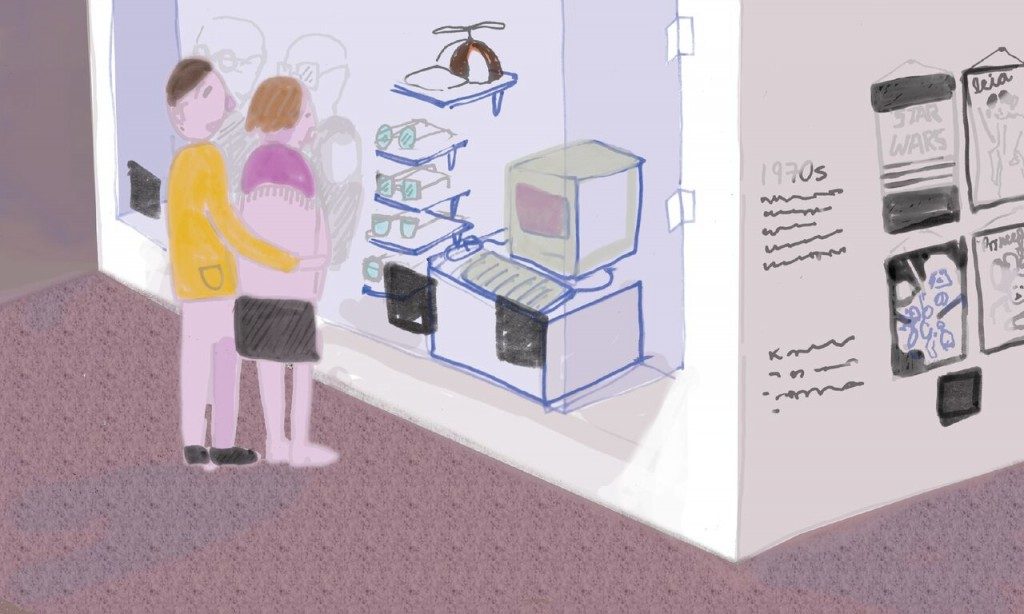
Bold new display on the history and future of total losers
By Greg Waldock, Staff Writer
UBC’s Museum of Anthropology is hosting a new exhibit featuring the history of nerds though the decades. As total dorks and massive dweebs become increasingly mainstream, anthropologists at the university have made an effort to show how nerds have changed, grown, and become commonplace with a display that moves chronologically backwards.
The exhibit opens with a display on the modern nerd. Refined, diverse, and with generally good hygiene, this specimen is a common one today. They know an uncomfortable amount about the Marvel universe, and why Batman vs. Superman was bad. They have an incendiary opinion on Joss Whedon that everyone agrees with. They have the same username for Reddit, Tumblr, and PornHub, and play Dungeons and Dragons on the weekends. This is, arguably, the pinnacle of nerd culture, a golden age we don’t appreciate enough. People can be openly dorky without being assaulted in the streets, and historically niche properties like Black Panther or Green Lantern are getting big-budget releases—some of which are actually good.
The next exhibit is centred on the early 2000’s, and features a wide array of people. Some are teenage girls wearing Invader Zim hoodies while adding yet another sketch of a dragon to their DeviantArt account. Others are teenage boys wearing black T-shirts that simply say “Meh,” and writing in-depth reviews of their least favourite webcomics to be posted to 4chan and SomethingAwful. A few are playing the first Halo, the game which would launch nerd culture into the mainstream in just a few short years. Some are programmers involved in a very early version of Reddit, SlashDot, now long-forgotten, though many websites today live in its noble ruins.
As you round a corner, you’re assaulted by the 1990s. Scantily-clad barbarians clutch dramatically to the walls of high schools, quietly playing Magic: The Gathering and Dungeons and Dragons. This was a dark time, long before being a dork was the cultural norm. These specimens are outcasts, rejects, and too fat, or too skinny, or too pimply for their peers. Talk of a new Star Wars series of prequel movies was the highlight of their lives; this was a naïve time. Their parents were concerned about violence in video games, and the amount of satanic imagery in Magic cards. There is no 4chan in this era, instead there are the other “chans,” strange Chinese-American forums that remain shrouded in myth and fear.
Then the ’80s come up. This is going far back into nerd prehistory; before the first social media sites, before Magic: The Gathering, before good Marvel movies, before pocket-sized Apple products. Computers weren’t in every household in the Western world; the few who had them became technically adept. Early Internet forums and chat rooms existed and were populated by a strange breed of human: Highly intelligent, incredibly pedantic, massively unlikable, obsessed with all things digital, and speaking exclusively in layers of irony. Legend says that some of these early Internet-goers are still online today, being so ironic, meta-ironic, and meta-counter ironic that normal humans can’t comprehend their conversations.
The final display is an imagined “future nerd,” a gloriously attractive person with the entire Wheel of Time series perfectly committed to memory, holding a parchment with a Shakespeare translation of Mass Effect erotica. It’s a bold future for a subculture that started with such humble, obscure roots. It’s all uphill from there.


